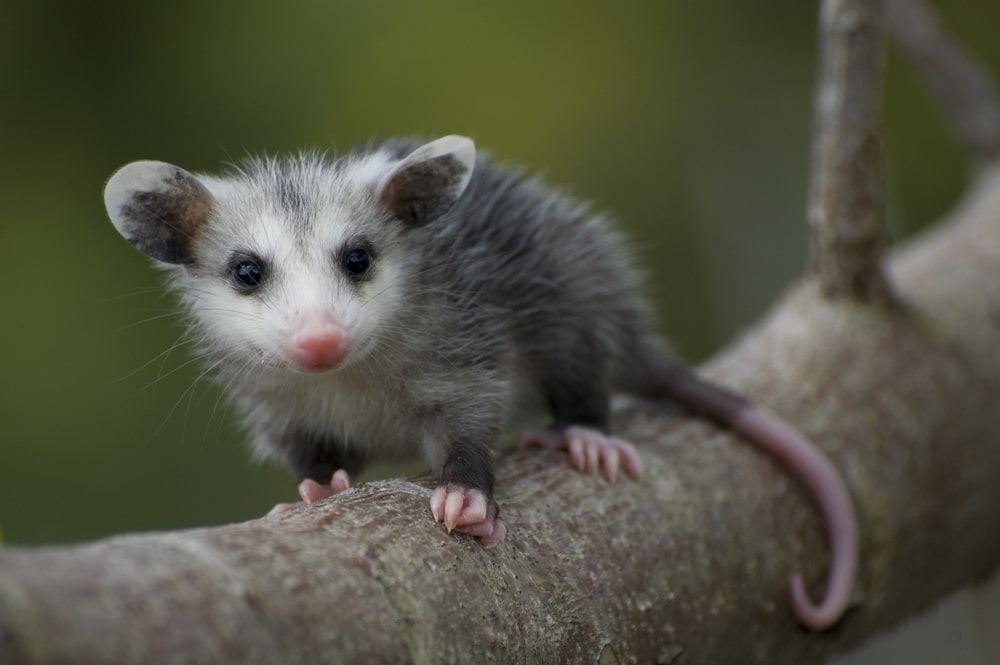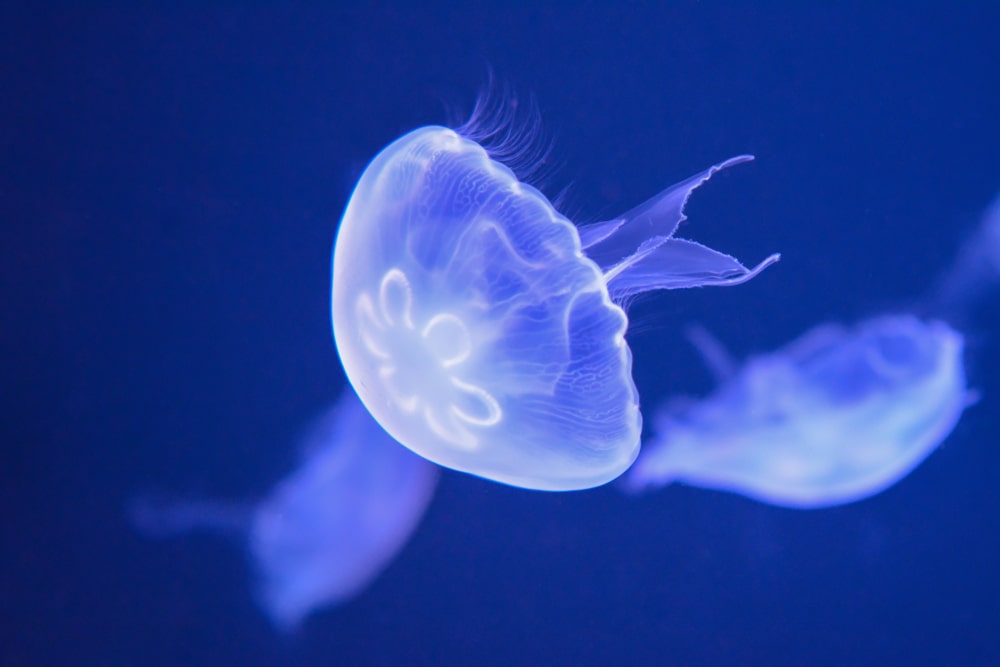Mako shark facts, Is Mako the fastest shark in World?
There are two living Mako species and they’re both at risk of extinction. The short fin Mako Shark will be the focus of this Article because they’re more common and well studied. The long thin mako shark is endangered and relatively unknown. It can be told apart from the short fin Mako shark by its larger eyes dark coloration around the mouth and of course its longer fins.
Mako shark facts
Mako sharks are oceanic sharks that live in tropical and temperate waters around the world. Long fin mako sharks are believed to have a cosmopolitan distribution though they’re most well known from the west Atlantic as well as the waters around the Hawaiian islands. Short fin mako sharks are believed to be the fastest known sharks alive today.
Is Mako the fastest shark?
They can reach speeds of over 40 miles per hour and are often seen jumping straight out of the water while chasing food. Mako sharks spend most of their time in water no deeper than 500 feet though short fins may venture as deep as 2400 feet and long fins may go even deeper. They don’t often come in contact with divers because they spend most of their time away from coasts.
However coastlines with short continental shelves and steep continental slopes may be visited by these sharks. Mako sharks eat other fish like bill fish and other sharks. They may also eat sea turtles small dolphins and squid. In fact long finned mako sharks have been found with deep dwelling squid in their stomachs.
Mako shark size
In size mako sharks can reach 15 feet in length though on average they’re just over half this long. Females are larger than males and take longer to develop much longer. It takes a male mako shark about 8 years to reach reproductive maturity. It takes a female around 20.
Mako shark breeding
Male mako sharks are believed to bite females while mating as evidenced by scars commonly found on reproductive aged females.
It takes 15 to 18 months for mako shark babies to develop inside the mother. They start out as eggs but quickly hatch and are eventually born live similar to cow nose rays. There may be 4 to more than 20 pups in a litter though long fin Makos are believed to produce fewer offspring with each litter. It may be up to three years before their mother gives birth again and mako sharks only live to be about 30 years old.
Their long maturation process and intervals between birds make mako sharks vulnerable to population losses. Mako sharks generally top the food chain but they are eaten by other larger sharks like white sharks as well as killer whales. Their greatest threat however are humans who hunt them for food and sport.
Mako sharks may migrate over a thousand miles to follow food or to return to breeding sites. There is some evidence that females return to the place they were destined to bring forth their own young and like the tuna they eat. Mako sharks are able to maintain a body temperature warmer than the surrounding water. Something many fish are simply unable to do.






